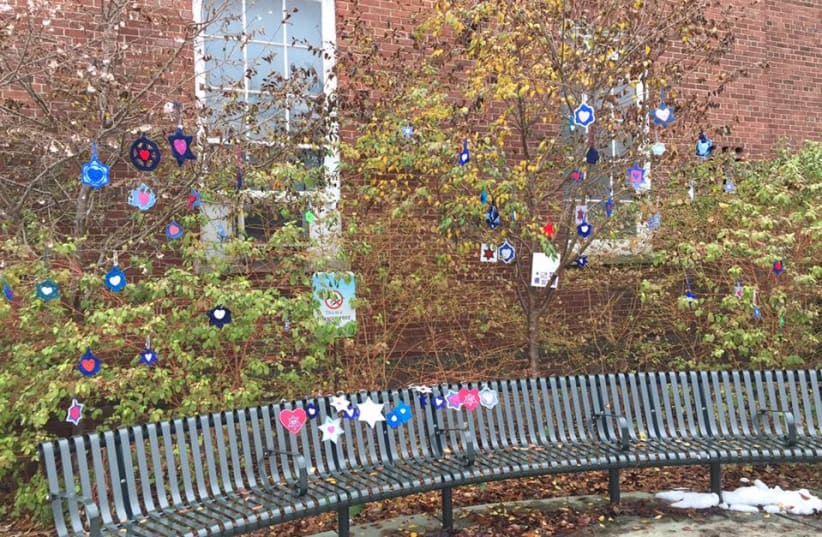What happens to memorials left at site of Pittsburgh synagogue shooting?
“A lot of these things, especially the art objects, you get the sense that this is coming from someone who art is such a large part of their life that this is how they process things."
